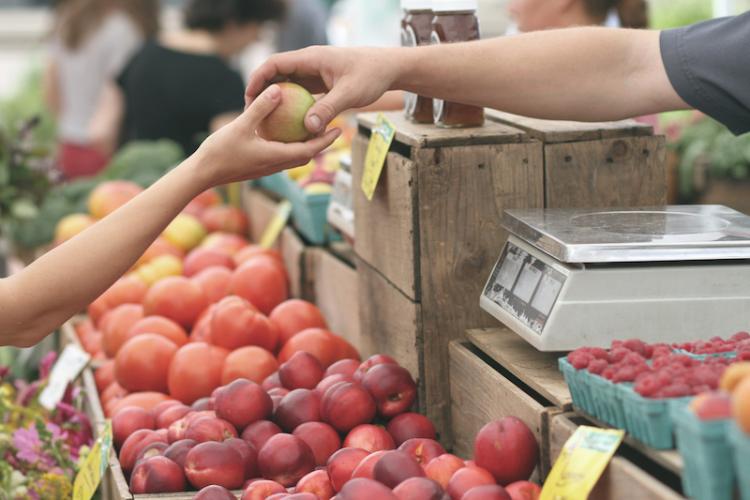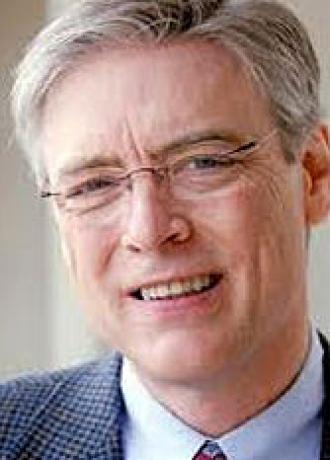Fertilizing the Local Food Economy


There’s a misconception that just because it’s winter, farmers aren’t busy. However, the off-season is when farmers are busy doing bookwork, making machinery repairs, selling and buying seed and laying the groundwork for a successful spring. Just like a farmer, the Southern Minnesota Initiative Foundation has been working hard to bring a range of supports to its 20-county region’s smallest local food growers, makers and producers.
Due to the strong presence of partners in our region that assist conventional farmers and food producers, such as AgStar, USDA and community banks, the foundation has focused its agriculture supports on value-added ag and support for small farmers that might “fall between the cracks.” Farming of any sort is still a high-risk and hard-work undertaking, yet newer and smaller farmers often face the biggest challenges. Getting loans is harder for farmers without traditional collateral or those growing crops like perennials, which require more “patient capital.” Despite potential higher per-acre income, turning a profit can be more difficult with steeper input costs, lack of subsidies and market fluctuations. According to the 2012 USDA Ag Census, farmers earning between $10,000-$250,000 only make 10 percent of their income on farming and therefore heavily depend on outside income streams.
However, the foundation knows that the local food economy is going to continue to be a big economic driver for our region. Consumers want to know not only where their food comes from, but who is producing it, as demonstrated by a 67 percent increase in farmers markets from 2008 to 2013 (USDA Agricultural Marketing Service, 2013). Nearly 40,000 schools now source food from local farmers, ranchers and food businesses (USDA Farm to School Census, 2013). Our proximity to the Twin Cities positions us well to source things like organic produce, microbrews and free-range eggs to metro restaurants and food co-ops. At the third annual Feast! Local Food Festival in Rochester, public attendance grew by 30 percent this year to nearly 1,600 (which does not include exhibitors, buyers and volunteers).
Small farmers, especially those working in the hilly fields of southeastern Minnesota’s driftless region, are the ones rising to meet this market demand. Jay Walljasper, in a 2015 report commissioned by The McKnight Foundation, says that while our region is a “small portion of Minnesota’s overall farmland, the region accounts for roughly 40 percent of the state’s orchards, 25 percent of cattle, and 90 percent of spring wheat.”
In order for local foods (and brews) to scale sustainably, there needs to be a connective tissue supporting everyone involved, including farmers, producers, growers, buyers, consumers, resource providers and funders. This is largely the role of the FEAST Local Foods Network, which SMIF and several partners created in 2013. As the network grows, new resources are becoming available.
To address the lack of access to capital, the FEAST Local Foods Network launched a Grow a Farmer campaign in 2016 to raise $100,000 for a revolving loan fund for small-scale, sustainable farmers. With more than 300 donors contributing, the Grow a Farmer Fund is now accepting applications.
To help small farmers feel less isolated, SMIF has two local foods peer networks that meet monthly to learn from each other and selected speakers. To help farmers and food entrepreneurs implement small business best practices, from accounting to marketing, the network just launched the Feast! Smart Start Initiative, which will provide a training conference and one-on-one business coaching.
For farmers, especially those with no heirs or family interested in continuing to farm, wondering what happens to their land after they pass, SMIF has a farmland retention program. Landowners can donate their land to the foundation (or local community foundation) to ensure the land stays in production and that their community—and our region—continues to benefit from one of its greatest assets: farm land.
The most important part of a healthy local food system, in my opinion, is that people continue to care where their food comes from and support their neighbors who supply it. I’m looking forward to a fruitful harvest.
Tim Penny is president/CEO of the Southern Minnesota Initiative Foundation. You can reach him at [email protected] or 507-455-3215.
March1, 2017 Houston County News – LaCrosse Tribune
Also published by the Southern Minnesota Initiative Foundation







